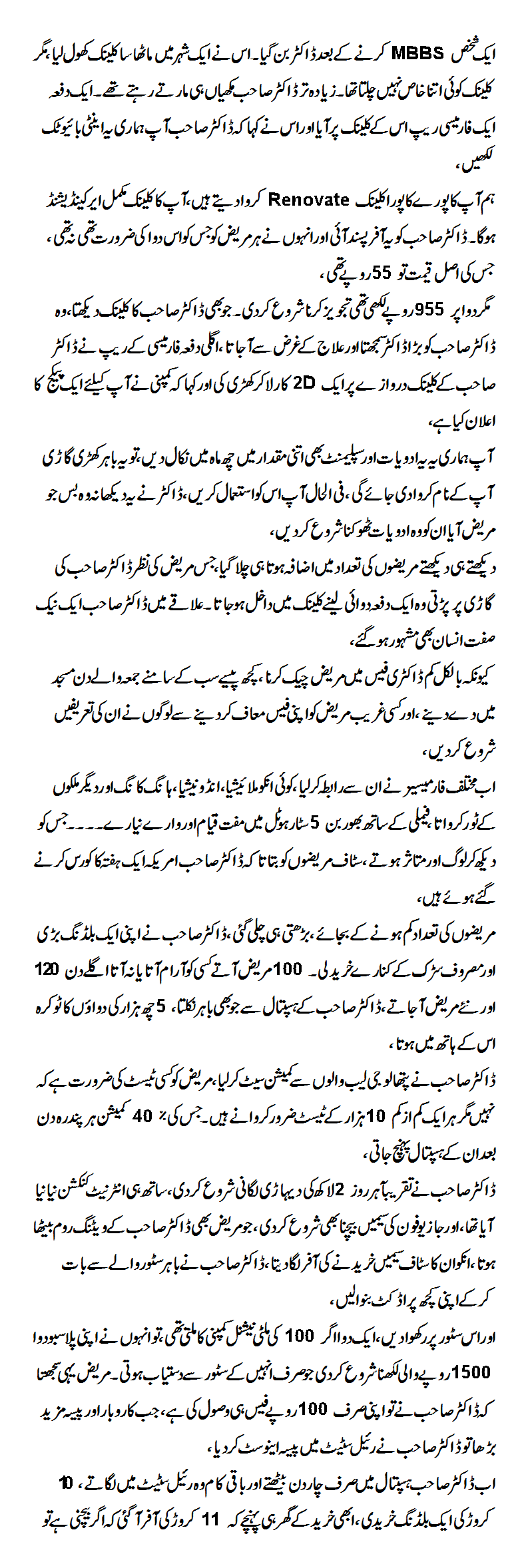“There is no clear boundary on what is considered common knowledge. Even experts on plagiarism disagree on what counts as common knowledge.For instance, many sources only consider facts — current and historical events, famous people, geographic areas, etc. — to be potentially common knowledge. Others also include nonfactual material such as folklore and common sayings. Some sources limit common knowledge to only information known by others in your class, other sources look at what is common knowledge for the broader subject area.
The two criteria that are most commonly used in deciding whether or not something is common knowledge relate to quantity: the fact can be found in numerous places and ubiquity: it is likely to be known by a lot of people. Ideally both conditions are true. A third criteria that is sometimes used is whether the information can be easily found in a general reference source.
How do you tell if you have met the quantity criteria? Some experts say that a fact is common knowledge if it can be found in three independent sources.
Purdue’s Online Writing Lab recommends finding five independent sources before considering a fact common knowledge. The point is that common knowledge can be found in a variety of sources.
As you do more research on a topic, you are likely to discover which facts count as common knowledge because you will encounter these facts in many places.
How do you tell if a fact is ubiquitous? Some facts may be well known within one discipline and papers written within that group may assume the information is commonly known.
That same piece of information used in other situations or by ‘non-experts’ may require attribution. A good rule of thumb is to acknowledge ideas which are not common knowledge among your peers such as the other students in the course for which you are writing the paper.
